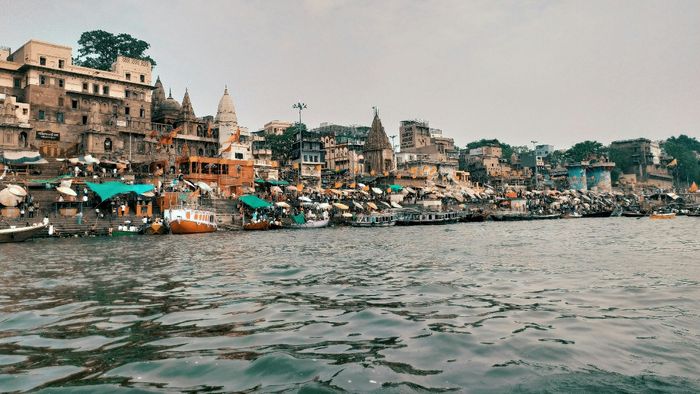Namami Gange's impact on Ganga rejuvenation in Varanasi draws acclaim
The Namami Gange programme has made significant strides in improving the condition of the Ganga River in Varanasi. Experts commend the initiative's public engagement and water quality enhancement efforts.

- May 31, 2024,
- Updated May 31, 2024, 10:21 AM IST
The Namami Gange program's efforts in revitalising the Ganga River in Varanasi have garnered praise from experts. The initiative's focus on public engagement and water quality enhancement has yielded significant results.
Dr Vinod Tare, a former professor at IIT Kanpur, highlighted the programme's success in fostering a stronger connection between the community and the river. Tare observed that Namami Gange had notably improved the condition of the ghats and had effectively managed sewage, leading to visible improvements. He rated Varanasi's progress at 7-8 out of 10.
Contrary to skeptics' claims, Tare pointed out that in Varanasi, where waste management was lacking and ghats were neglected, the cessation of such activities had significantly improved the situation. He also noted that sewage treatment had been effective, with treated water finding alternative uses.
Dr Nupur Bahadur, Associate Director at TERI, emphasised the importance of sustained efforts in river cleaning. She asserted that cleaning the river wasn't a one-time project; it required continuous action. Over the past decade, she noted, tangible results had been seen, with noticeable improvements in water quality and cleanliness along the ghats.
Bahadur also commended the program's innovative approaches and its recognition by the UN.
Significant investments have been made in sewerage infrastructure to enhance water quality in the Ganga and its tributaries in Varanasi. The National Mission for Clean Ganga (NMCG) reports 17 ongoing projects worth Rs 1469 crore in various stages in the city under the Namami Gange Mission.
Tare highlighted the restoration of biodiversity in the river, resulting in an increase in various species, including Gangetic dolphins, otters, and turtles.
The Central Pollution Control Board has noted continuous improvements in Dissolved Oxygen (DO), Biochemical Oxygen Demand (BOD), and Fecal Coliform levels following development works.